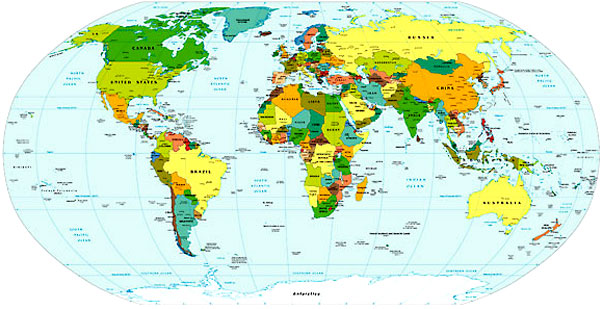 So you’re listing the countries of Asia. You’re doing well—you’re proud of yourself that you remembered Sri Lanka, and at least a few of the former SSRs. The Maldives? Oops! I forgot about those little islands southwest of India. Why don’t we remember them now? 26 July is Independence Day in the Maldives—in 1965 they gained their independence from the United Kingdom.
So you’re listing the countries of Asia. You’re doing well—you’re proud of yourself that you remembered Sri Lanka, and at least a few of the former SSRs. The Maldives? Oops! I forgot about those little islands southwest of India. Why don’t we remember them now? 26 July is Independence Day in the Maldives—in 1965 they gained their independence from the United Kingdom. Oh, and population-wise, the Maldives is the smallest country in Asia. It’s also the smallest predominantly Muslim nation in the world. The country is the lowest in the world—the maximum natural ground level is 2.3 metres. No hills there. This obviously means that Maldivians are concerned about global warming—rising sea levels could submerge the entire nation.
Around the third century BCE Buddhism came to the Maldives, and this remained the main religion until the 12th century. From 1153 until 1968 the nation was governed as an Islamic sultanate—even during the period from 1887 until 1965 that it was a British protectorate. In the 1950s there was an attempt to become a republic, but the sultanate was quickly brought back. In 1968, however, the same move was successful: the monarchy was abolished and a republic declared—though in practice there wasn’t a huge change in the way the nation was governed.
In 1988 there was a coup. A group of Maldivians removed President Gayyoom from power, before the Indian military pitched in against the Tamil mercenaries that assisted with the coup, and Gayyoom was reinstated as president. The name of the Indian operation to restore the status quo? Operation Cactus. No, I don’t have any idea why that chose that name.
 More recently, like so many nations, the country was devastated by the 2004 tsunami. While the death toll was low compared to some other nations, the damage was estimated at $400 million—which represents about 62 percent of the GDP of the Maldives. Fourteen islands were completely evacuated, while six were apparently “decimated.” Twenty-one resort islands had to shut down—while the locals might not have been the ones enjoying the resort islands, tourism is big business in the Maldives—and is the largest industry in the country. That’s got to hurt. Cartographers are actually planning to redraw maps of the nation, as the tsunami caused alterations.
More recently, like so many nations, the country was devastated by the 2004 tsunami. While the death toll was low compared to some other nations, the damage was estimated at $400 million—which represents about 62 percent of the GDP of the Maldives. Fourteen islands were completely evacuated, while six were apparently “decimated.” Twenty-one resort islands had to shut down—while the locals might not have been the ones enjoying the resort islands, tourism is big business in the Maldives—and is the largest industry in the country. That’s got to hurt. Cartographers are actually planning to redraw maps of the nation, as the tsunami caused alterations.Today’s poem is by Farah Didi. It comes from the wonderful Language for a New Century.
Dying for a Himalayan Dream
pristine white snow-capped peaks,
painted across the horizon,
above green clad foothills and valleys,
glacial waters cold and sullen,
meandering rivers now stand still,
where Sherpas carry their daily loads,
a fresh chill spreads along the wake
of footsteps over virgin snows,
a crimson range stenciled in the sky,
bleeding in the evening light,
half-shadowed flotilla of clouds,
descends into a misty night,
trudging against the hostile glare,
a ghostly moon to guide along,
with frozen breaths they suck the air,
as she pulls them ever closer to her womb,
the people of the frozen tombs,
the final dream, the dizzy heights,
the chilling promise the goddess made,
the summit for their lives.
—Farah Didi,
from Language for a New Century


No comments:
Post a Comment